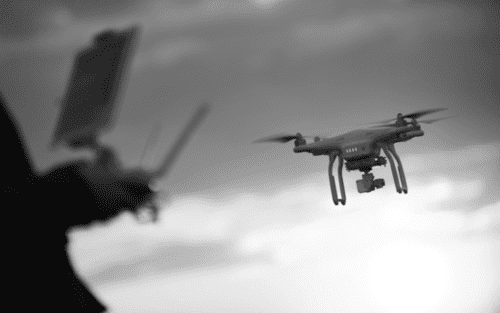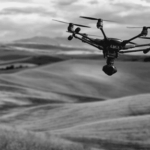Introduction & Drone Uses
Drones, sometimes known as unmanned aerial vehicles (UAVs) or unmanned aerial systems (UASs), are now commonplace in society. They are used by farmers, government agencies, and hobbyists alike. Some common uses for drones include farming applications, law enforcement searches, and search and rescue missions. Before flying a drone, you should be familiar with the many restrictions and requirements imposed by Part 107.
Part 107 Waivers
With all of the restrictions and requirements of Part 107, an individual may often be left wondering how they can still utilize their drone the way they originally intended such as farming, crop and weed control, among other various purposes. Subpart E of Part 107 allows for an individual to submit a waiver to deviate from certain regulations in Part 107 if the Administrator finds that the proposed small UAS operation can safely be conducted under the terms of that certificate of waiver. The request for a waiver must contain certain requirements in order to be considered, including the specific regulations you wish to obtain a waiver from.
The FAA provides the following list of situations in which you need a waiver:
- Fly a small UAS from a moving aircraft or a vehicle in populated areas
- Fly a small UAS at night without anti-collision lighting
- Fly a small UAS during periods of civil twilight without anti-collision lighting
- Fly a small UAS beyond your ability to clearly determine the position, altitude, attitude, and movement of the UAS, with unaided vision.
- Use a visual observer without following all visual observer requirements
- Fly multiple small UAS with only one remote pilot
- Fly over a person with a small UAS which does not meet conditions of operational categories 1, 2, 3, or 4
- Fly a small UAS:
- Over 100 miles per hour groundspeed
- Over 400 feet above ground level (AGL)
- With less than 3 statute miles of visibility
- Within 500 feet vertically or 2000 feet horizontally from clouds
- Fly over moving vehicles with a small UAS which does not meet conditions of operational categories 1, 2, 3, or 4.
Conclusion
The ever evolving laws of our skies require diligence to comply with the constantly changing regulations. Whether you are trying to obtain a waiver or have a question regarding drones, our team at SW&L Attorneys can help guide you through the process. To get in touch with our team, call 701-297-2890 or email us at: info@swlattorneys.com.
This article is for informational purposes only and is subject to our disclaimer.










